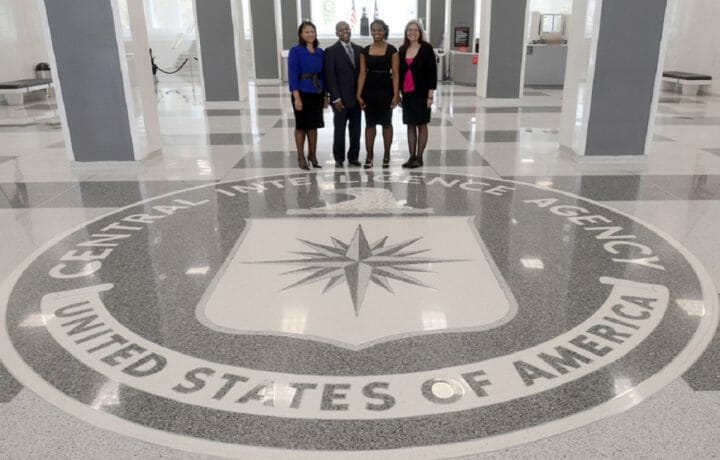The issue of workforce diversity has remained an issue across the private sector, and while Silicon Valley has been in the spotlight both for its lack of diversity and efforts to rectify it, there is still much progress to be made. Earlier this month, Tesla published its first-ever diversity report, which revealed its leadership is 83% male and 59% white.
In the government sector the situation isn’t much better, despite marginal improvements.
Diversity in the IC
The intelligence community (IC) has actually seen the proportions of women, racial and ethnic minorities, as well as those persons with disabilities, increase from fiscal year 2011 (FY11) to fiscal year 2019 (FY19). According to this month’s Government Accountability Office (GAO) Report to Congressional Committees, “Intelligence Community: Additional Actions Needed to Strengthen Workforce Diversity Planning and Oversight,” there is still progress to be made.
The study was conducted to follow up on the 2019 National Intelligence Strategy, which stated that the IC would recruit, develop, and retain a diverse, inclusive, and expert workforce to enable mission success. GAO compared the 2019 IC workforce data to previous figures from a 2017 OPM report.
GAO found that the IC workforce had slight increases in the proportions of women (+.7%), racial or ethnic minorities (+3.3%), and persons with disabilities (+6.2%). But proportions of women and racial or ethnic minorities stayed below federal workforce benchmarks, and proportions of persons with disabilities didn’t meet federal goals.
While racial and ethnic minorities currently comprise about 37% of the both the federal and civilian workforces, they only amount to about 26% of the IC workforce.
Workforce Benchmarks
Officials at the Office of the Director of National Intelligence (ODNI) said that it was appropriate to use those federal workforce and civilian labor force numbers as a benchmark, but also indicated that there are challenges when comparing the IC workforce to other sectors and organizations, given the unique hiring authorities as well as the challenges the IC faces in both employing and retaining staff.
“For example, other federal and private sector organizations do not require a large portion of their workforce to maintain a Top Secret security clearance, which can delay hiring dates considerably and create potential challenges for individuals who are unable to wait for an employment offer, according to the same officials,” the GAO report noted. “Many IC positions require such a clearance, which can greatly restrict the number and diversity of staff available to fill those positions, according to the same ODNI officials.”
The report also added there are challenges to improve the representation of certain demographic groups within the IC’s workforce, including leadership positions, as the IC faces competition from the private sector, which often utilizes better compensation and may not require any security clearance.
Progress is Being Made
According to the GAO report, the IC elements are taking steps to address the issue of workforce diversity – and of the 17 intelligence community elements there has been improved leadership commitment and recruitment, while steps have been taken with a majority of the elements to improve employee involvement and with diversity training. Performance and succession planning has also improved, but there are still many elements that could take the recommended steps.
The report also saw that only six of 17 IC elements have diversity-related performance measures, while just three of 17 have current and complete strategic plans.
GAO Recommendations
The report also made seven recommendations for executive action that should all be made by the ODNI.
These included:
- Issuing new or update existing guidance to require all IC elements to maintain current and complete diversity strategic plans that contain specific objectives, timeframes, and responsibilities.
- Ensuring that IC elements are making progress toward maintaining current and complete diversity strategic plans.
- Issuing new or update existing guidance to ensure that IC elements develop performance measures to assess the contribution of activities toward achieving diversity goals and overall progress.
- Ensuring that IC elements are making progress toward developing measures to assess progress toward achieving diversity management efforts.
- Issuing new or update existing guidance to ensure that each IC element routinely identifies and takes steps toward eliminating barriers to workforce diversity.
- Ensuring that IC elements are routinely completing required assessments to identify and eliminate barriers.
- Establishing specific implementation objectives and timeframes for the IC elements that support IC-wide diversity goals to ensure IC elements are held accountable for making progress.
“We believe that the Director of National Intelligence has sufficient authority to develop, lead, and coordinate workforce diversity policies and programs across the IC—to include implementation of our recommendations—and that IC EEOD has been exercising this authority in its leadership of IC workforce diversity efforts,” the report added.




